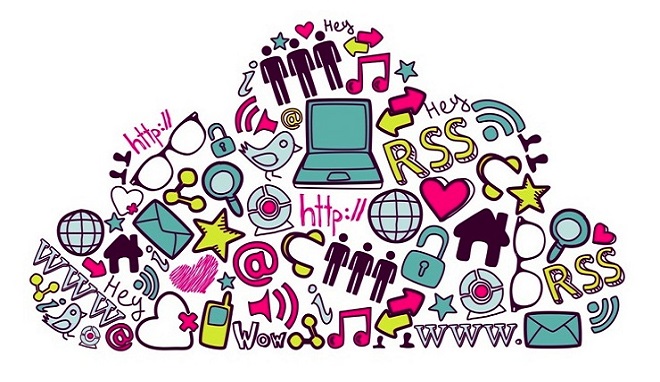

Géraldine puts her passion for the web, marketing and communication, writing and storytelling at the service of companies and entrepreneurs.
Do you sometimes get the impression that you need to brush up on your netspeak? Faced with a seemingly endless supply of new terms and trends, it has become hard to keep up…! But no need to panic, here we define and explain 15 terms and expressions to help you go about your online presence with utter confidence and peace of min
1. Hashtag: the magic #
Every second, millions of messages are exchanged and published on Facebook, Twitter, Instagram and various other social media platforms. The “hashtag”, or hash symbol, was invented to help you find your way through this plethora of information. Initially reserved to Twitter, it is now used anywhere and everywhere. To follow the news on a given subject, simply key in “#” + the word you are interested in.
Below you can see how brands promote their products on Twitter using the # + key word:
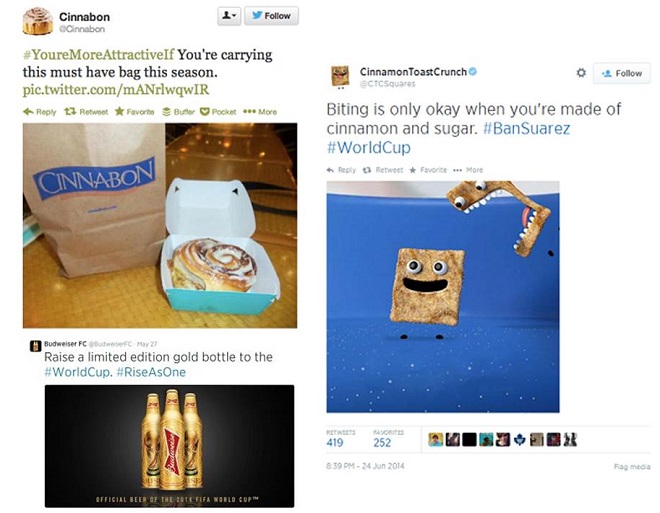
2. Food porn: photos for sharing culinary delights
The food porn trend is all about taking photos of dishes and recipes, and then posting them on the social networks. Admittedly, these photos are often of burgers, pizzas, pancakes, donuts or desserts; you will rarely see pictures of green salads next to the #foodporn hashtag! At any rate, food porn is all the rage. You can even find food porn blogs:
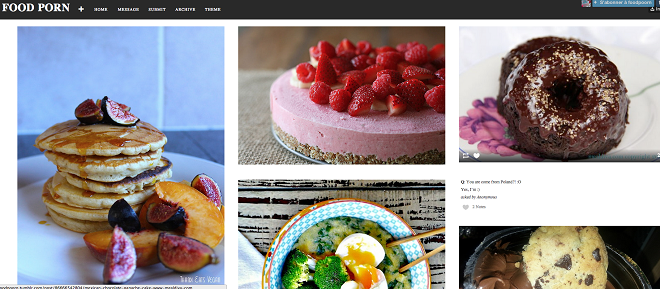
source: http://foodpoorn.tumblr.com/
Does your restaurant offer dishes that customers are particularly fond of? If so, you can use the #foodporn hashtag to encourage the dissemination of their photos on the social media platforms.
3. Crowdfunding: turning to the community to finance a restaurant venture
This is THE trend in recent months: appealing to fans, relatives, close friends and complete unknowns to finance a project… While start-ups have already fully grasped the potential of this approach, restaurants are quickly catching up.
As its name suggests, crowdfunding means, quite literally, obtaining funding from the crowd. A number of Internet sites now allow you to describe your venture and appeal for donations in return for certain gifts and privileges, depending on the level of participation.
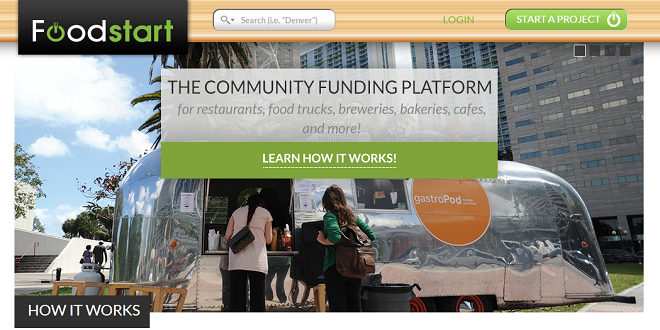
Foodstart is the only crowdfunding site created just for restaurants, breweries, cafes, food trucks, and other food business. Find all the current projects on www.foodstart.com
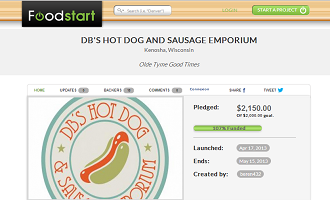
In 1 month only, the DB’s Hot Dog and Sausage Emporium raised 2,150.00$ thanks to 18 persons backing up the project.
Want to know more about crowdfunding? Visit Kickstarter, KissKissBankBank, WiSeed, Ululele or Foodstart to see ventures currently in the making.
4. Follower: your virtual subscriber
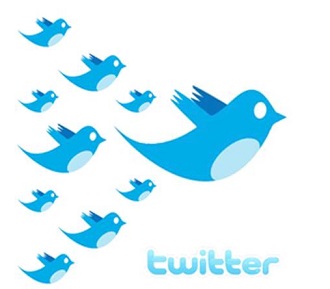
On Twitter, a “follower” is quite simply someone who follows your posts. Equivalent to a Fan on Facebook!
5. #followfriday: recommending and being recommended on Twitter
The #followfriday or #ff hashtag crops up every Friday on Twitter. It involves recommending certain Twitter accounts (people or brand names) that you enjoy following by encouraging your followers to follow them too.
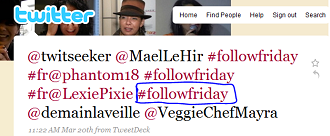
6. Selfie: a self-portrait photograph often shared on social networking services
Taking a “selfie” means taking a picture of yourself – either on your own or with others – using a smartphone, then posting it on Facebook, Twitter or Instagram, etc. Even kitchen brigades are getting in on the phenomenon to create a sense of proximity with their customers.
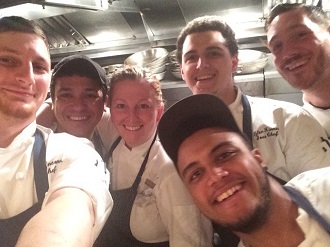
Nice and fun selfie from the Harvest Restaurant, in Cambridge Massachusetts: chef Mary Dumont with her smiling crew. (source: Zagat.com)
7. #NSFW: beware of what follows…
The #NSFW hashtag means Not Safe For Work. It is used to announce that the shared content could be compromising in the professional environment, i.e. unconventional, violent or sexual… You should not click on a #NSFW link if your colleagues are nearby!
8. #TT: the cream of the Tweets!
#TT stands for Top Tweets — the hottest Tweets on a given topic. When looking for a topic on Twitter, you can either choose to browse the most important Tweets, or you can follow the chronological flow of messages.
9. Poke: two meanings on Facebook. What will yours be?
You may well have already sent a “Poke” to a friend on Facebook. It is primarily a means for giving someone a virtual nudge, but it can also be interpreted as a virtual flirt. A word to the wise!

10. Tag: to get your bearings on a site
A tag is simply a key word or term associated with a piece of information or a given subject. When you click it, it usually leads to an index page listing all of the posts associated with that tag.
Other possible definition: “tagging” someone on Facebook or Google+ means entering their name to identify that person in a post. Good for your networking!

Source: www.business2community.com
11. Cloud: virtual resources for better performance
The main advantage with cloud computing is the virtualization of IT resources. The cloud can contain software, platforms, images or digital folders. For example, using the cloud, a brand can create an application for all its establishments without having to go to each and every outlet to install the application on its computers!

Source: http://www.qvidian.com/blog/
12. E-reputation: your online image
As a person or company on the Internet, your e-reputation is, quite literally, your electronic reputation, i.e. the image that exists of you on the Web. While building up your e-reputation is essential (especially if you are a brand), maintaining a good e-reputation is equally important. Taking time to reply to comments on your establishment posted on Yelp, TripAdvisor or other sites is all part and parcel of controlling your image.

Intrigued? Go to http://presence.youseemii.net/ to see what people are saying about you or your competitors on the Internet.
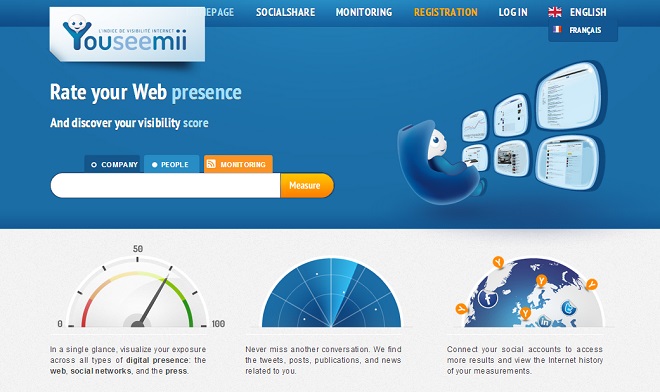
13. Community management: maintaining contact with your virtual community and fostering your e-reputation
The Community Manager position has become a job in its own right. It involves publishing articles, photos and messages on social media platforms (Facebook, Twitter, Instagram, Google+, YouTube etc.) and maintaining contact with a community of fans to encourage them to share and “like” news concerning a given brand name.
14. RSS feed – technology to make sure you never miss a site update
70% of visitors to a website will never return to that site. Question: how can you make one-time visitors come back? Answer: by obtaining their email address and sending them newsletters and promotional offers, as well as by providing “RSS feeds” which they can integrate in their browser or dashboard.
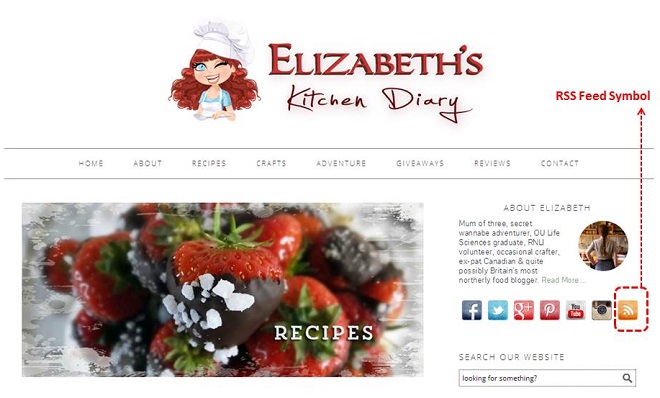
Source: www.elizabethskitchendiary.co.uk
In fact, some sites function solely by compiling RSS feeds from other sites. This is the case with French food site LibéFood.
15. Flashmob: a sudden gathering of people to attract attention
A “flashmob” or “flash mob” is a group of people who suddenly assemble in a given location to dance or sing. Once filmed and posted in the Internet, the flashmob will hopefully create buzz. Some brands now use this phenomenon as a promotional tool. And you don’t have to be called Coca-Cola to organize your flashmob!
The American pizza outlet Flippin Pizza is clearly in on the act:
We hope that these terms have helped you to become more Internet-savvy! Which concept or social media platform do you prefer to promote your restaurant?





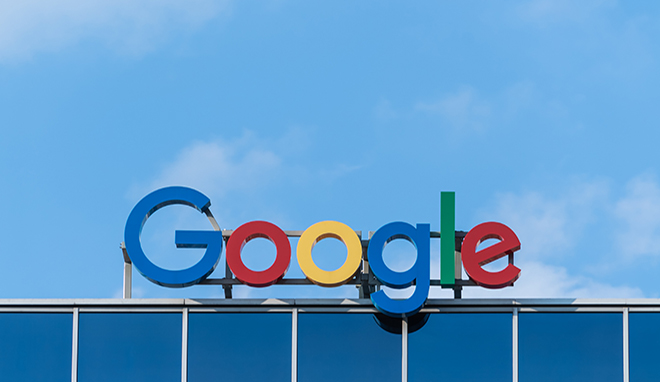
Comments